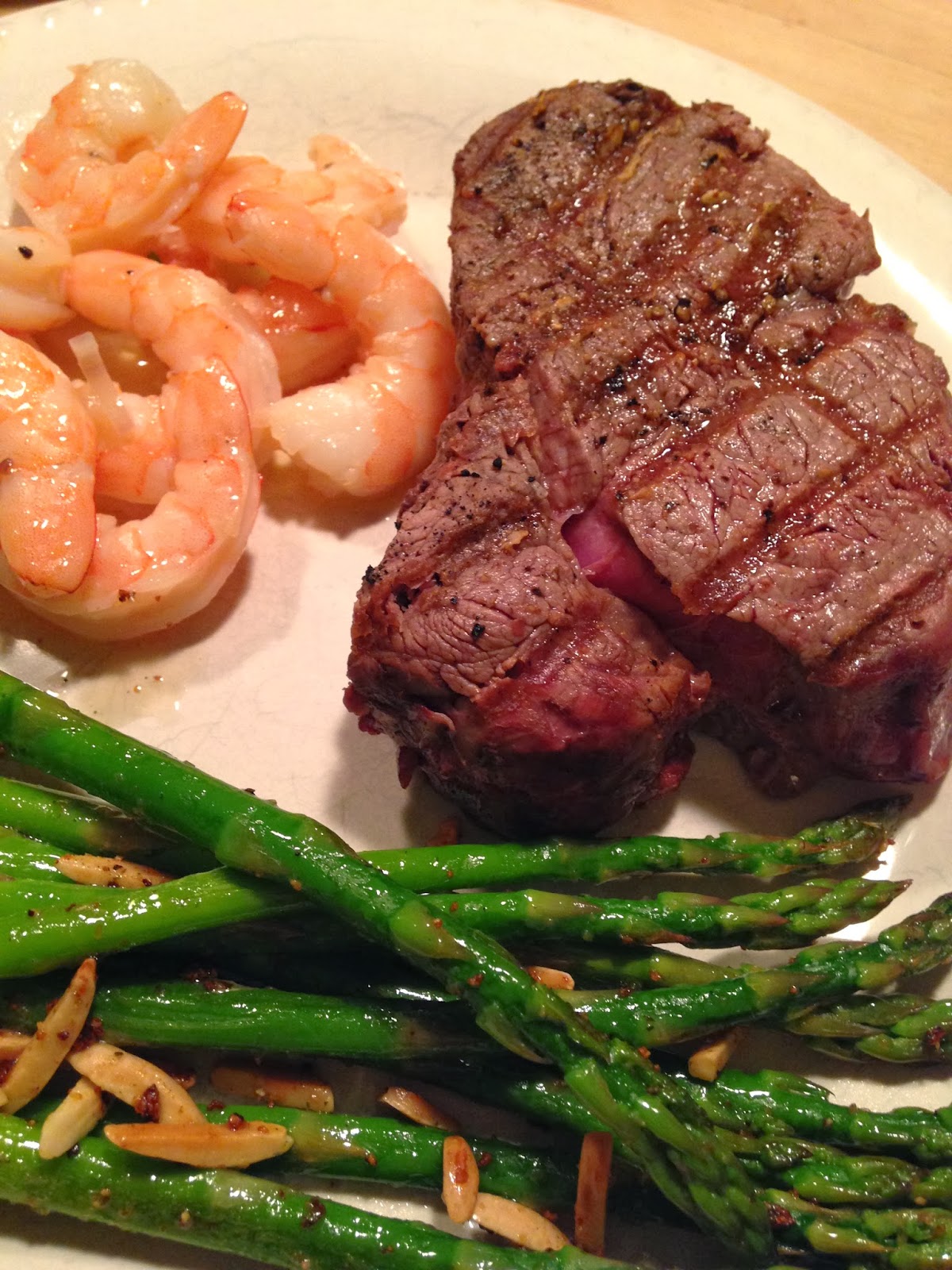The following two recipes are #3 and #1 on Epicurious' website for 2013 Recipes. I have a variation of these, but I really like the technique used, and the commentary of Thomas Keller:
Pan Roasted Chicken Thighs
Serves: 4-6
Ingredients
6 skin-on, bone-in chicken thighs (about 2 1/4 pounds)
Kosher salt and freshly ground black pepper
1 tablespoon vegetable oil
Preparation
Preheat oven to 450°F. Season chicken with salt and pepper. Heat oil in a 12" cast-iron or heavy nonstick skillet over high heat until hot but not smoking. Nestle chicken in skillet, skin side down, and cook 2 minutes. Reduce heat to medium-high; continue cooking skin side down, occasionally rearranging chicken thighs and rotating pan to evenly distribute heat, until fat renders and skin is golden brown, about 10 minutes.
Transfer skillet to oven and cook 12 more minutes. Flip chicken; continue cooking until skin crisps and meat is cooked through, about 5 minutes longer. Transfer to a plate; let rest 5 minutes before serving.
My Favorite Simple Roast Chicken
Thomas Keller - Bouchon
Yield: 2 to 4 servings
Ingredients
One 2- to 3-pound farm-raised chicken
Kosher salt and freshly ground black pepper
2 teaspoons minced thyme (optional)
Unsalted butter
Preparation
Preheat the oven to 450°F. Rinse the chicken, dry it very well with paper towels, inside and out. The less it steams, the drier the heat, the better.
Salt and pepper the cavity, then truss the bird.
Trussing is not difficult, and if you roast chicken often, it's a good technique to feel comfortable with. When you truss a bird, the wings and legs stay close to the body; the ends of the drumsticks cover the top of the breast and keep it from drying out. Trussing helps the chicken to cook evenly, and it also makes for a more beautiful roasted bird.
Now, salt the chicken—I like to rain the salt over the bird so that it has a nice uniform coating that will result in a crisp, salty, flavorful skin (about 1 Tbsp.) When it's cooked, you should still be able to make out the salt baked onto the crisp skin. Season to taste with pepper.
Place the chicken in a sauté pan or roasting pan and, when the oven is up to temperature, put the chicken in the oven. I leave it alone—I don't baste it, I don't add butter; you can if you wish, but I feel this creates steam, which I don't want. Roast it until it's done, 50 to 60 minutes. Remove it from the oven and add the thyme, if using, to the pan. Baste the chicken with the juices and thyme and let it rest for 15 minutes on a cutting board.
Remove the twine. Separate the middle wing joint and eat that immediately. Remove the legs and thighs. I like to take off the backbone and eat one of the oysters, the two succulent morsels of meat embedded here, and give the other to the person I'm cooking with. But I take the chicken butt for myself. I could never understand why my brothers always fought over that triangular tip—until one day I got the crispy, juicy fat myself. These are the cook's rewards. Cut the breast down the middle and serve it on the bone, with one wing joint still attached to each. The preparation is not meant to be super elegant. Slather the meat with fresh butter. Serve with a simple green salad. You'll start using a knife and fork, but finish with your fingers, because it's so good.
See what I mean, love the part about eating the wing immediately and sharing the oysters...only someone who truly loves food will understand.



